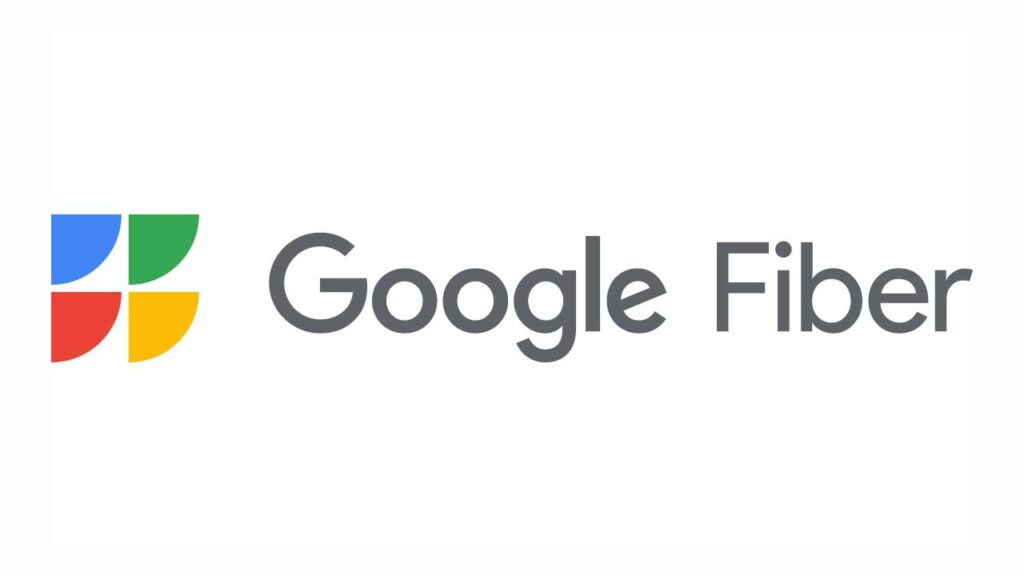In the rapidly evolving world of telecommunications, innovation often hinges on the seamless fusion of cutting-edge technologies. Google Fiber, known for pushing the boundaries of high-speed internet delivery, has embarked on a new chapter by integrating Nokia’s network slicing technology into its infrastructure. This collaboration not only tests the prowess of network slicing in real-world scenarios but also signals a potential shift in how broadband networks can be dynamically optimized for diverse, demanding applications. As Fierce Network reports, the trial offers a compelling glimpse into the future of customizable connectivity, where networks are no longer one-size-fits-all but tailored to meet the unique needs of every user.
Google Fiber Explores Nokia Network Slicing for Enhanced Connectivity
Google Fiber’s recent trials with Nokia’s advanced network slicing technology aim to revolutionize how bandwidth and connectivity are allocated across urban and suburban grids. By partitioning a single physical network into multiple virtual slices, each tailored to specific user demands and applications, the initiative promises customized experiences that optimize performance without compromising overall network stability. This approach can empower smart city applications, enhance residential broadband experiences, and streamline business connectivity with assured quality of service.
The potential benefits extend beyond just speed and reliability, presenting a new paradigm for network management. Key advantages include:
- Dynamic Resource Allocation: Flexible adjustments to network capacity based on real-time demand fluctuations.
- Enhanced Security: Isolated slices reduce risk exposure by containing vulnerabilities within designated segments.
- Optimized Latency: Prioritization of latency-sensitive applications such as video conferencing and online gaming.
| Feature | Benefit | Impact |
|---|---|---|
| Multi-Tenant Support | Concurrent service delivery | Improved network utilization |
| Automated Slice Management | Reduced operational costs | Faster deployment cycles |
| Traffic Prioritization | Consistent user experience | Lower downtime |
Analyzing Performance Metrics and Real-World Applications of Network Slicing
Google Fiber’s integration of Nokia’s network slicing technology offers a compelling glimpse into how performance metrics translate into tangible benefits across various industries. By allocating dedicated virtual slices of the network to specific applications, service providers can optimize bandwidth, latency, and reliability with pinpoint precision. Early trials have shown significant improvements in throughput and reduced packet loss, particularly for high-demand services such as 4K streaming and real-time gaming. This dynamic resource allocation not only enhances user experience but also streamlines network management, making operational efficiency a key takeaway from these real-world deployments.
Beyond raw performance, network slicing’s versatility is becoming a game-changer for emerging use cases. Industries like healthcare, smart cities, and autonomous vehicles rely heavily on ultra-reliable and low-latency communications, which traditional networks struggle to guarantee consistently. Nokia’s network slicing approach enables Google Fiber to tailor slices according to service-level agreements, supporting:
- Critical IoT applications requiring constant uptime and low latency
- Enhanced mobile broadband with optimized user experience during peak hours
- Private enterprise networks needing secure and isolated connectivity
| Metric | Traditional Network | Nokia Network Slicing |
|---|---|---|
| Average Latency | 30 ms | 8 ms |
| Packet Loss | 2.5% | 0.1% |
| Throughput (Mbps) | 450 | 750 |
| Uptime | 99.7% | 99.99% |
Recommendations for Optimizing Network Slicing Deployment in Fiber Infrastructure
To fully leverage the capabilities of network slicing within fiber infrastructure, prioritizing dynamic resource allocation is essential. Network slices must be agile, adapting in real-time to varying service demands while ensuring isolation and performance consistency. Embracing automation through AI-driven orchestration layers can substantially reduce manual intervention, enabling smarter traffic steering and fault management that prevent bottlenecks before they arise. Furthermore, seamless integration between physical fiber assets and virtual network functions lays the groundwork for enhanced scalability and operational efficiency.
Equally important is the need for comprehensive cross-layer visibility and analytics. Operators should invest in advanced monitoring tools that provide granular insights from optical transport up to the application layer, ensuring that each slice meets its Service Level Agreements (SLAs). Below are key focus areas to guide deployment strategy:
- Slice Customization: Tailor network parameters such as latency, bandwidth, and security to specific use cases.
- Redundancy Planning: Implement failover mechanisms tailored to each slice’s criticality.
- Energy Efficiency: Optimize fiber network operation to reduce power consumption while maintaining performance.
- Interoperability: Ensure compatibility with multi-vendor environments and legacy systems.
| Optimization Aspect | Recommended Approach |
|---|---|
| Resource Allocation | AI-driven algorithms for dynamic slice adjustment |
| Monitoring | Real-time analytics dashboards covering optical to application layers |
| Security | End-to-end encryption and slice-level access control |
| Performance Assurance | Automated SLA compliance checks and alerting |
Closing Remarks
As Google Fiber explores the capabilities of Nokia’s network slicing technology, the telecommunications landscape stands on the brink of transformative possibilities. This bold collaboration not only tests the limits of innovation but also paves the way for more agile, efficient, and customized connectivity solutions. While the full impact of this partnership remains to be seen, one thing is clear: the future of network technology is slicing boldly into new territory, promising a more connected world tailored to the unique demands of tomorrow.
